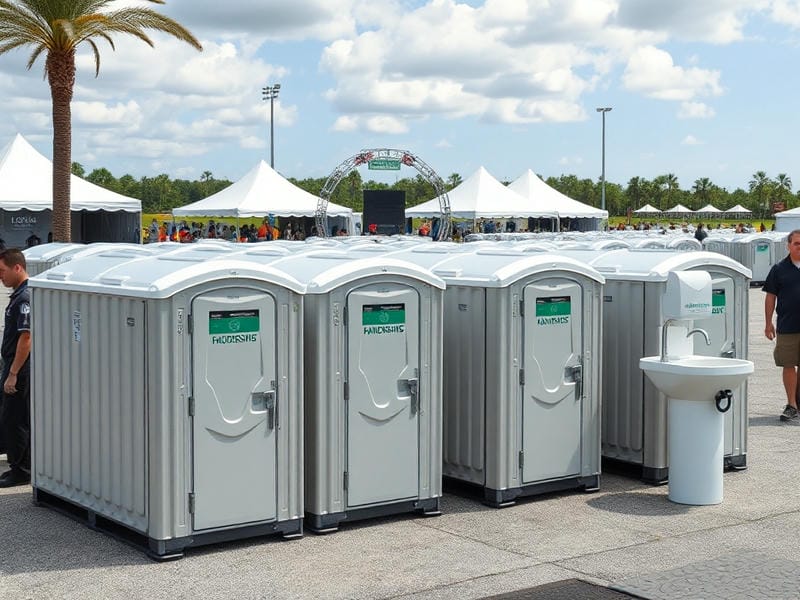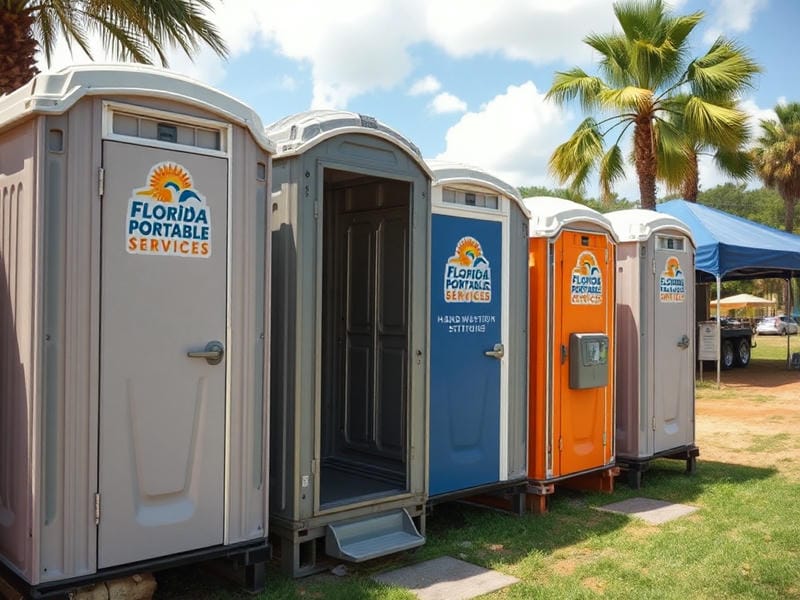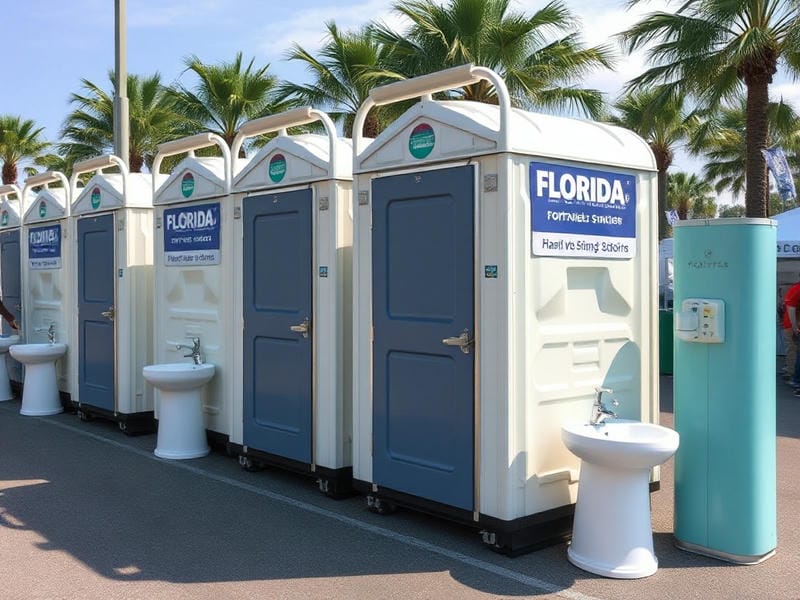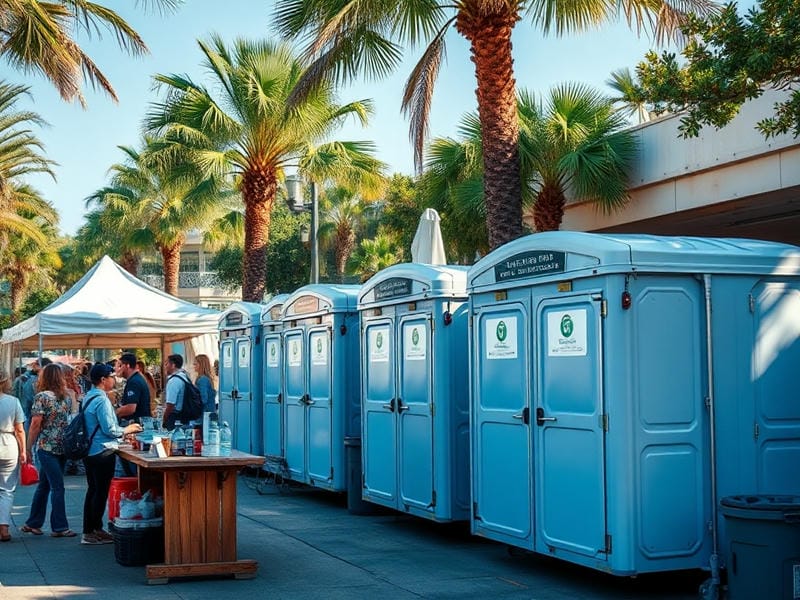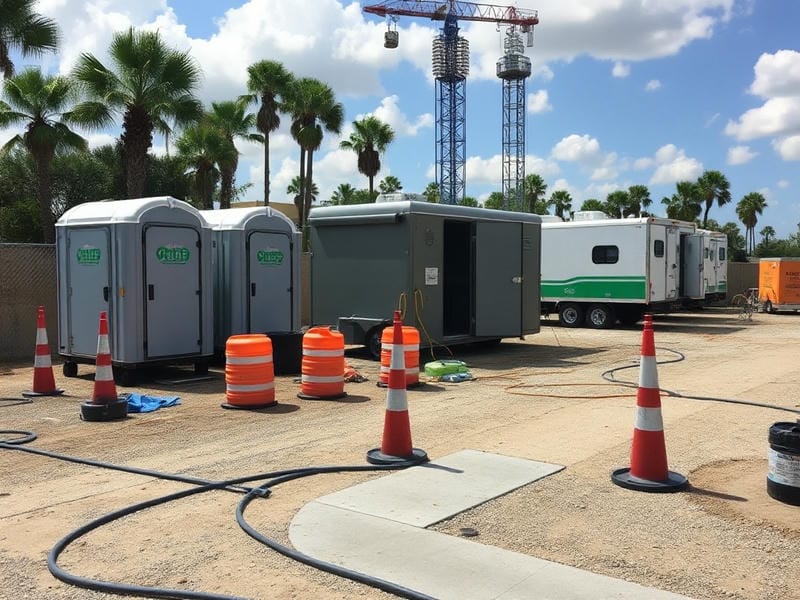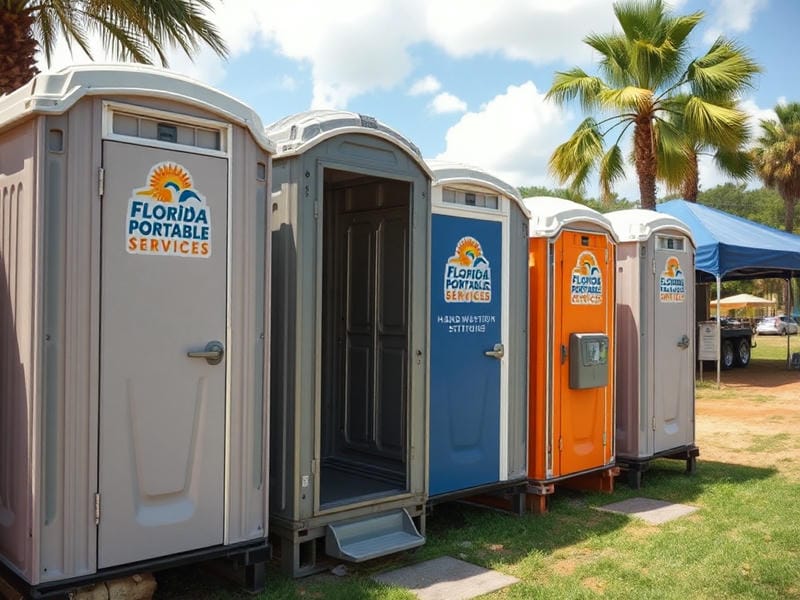
Key Features of ADA-Compliant Portable Restrooms
Understanding ADA Compliance in Portable Sanitation Solutions
When considering the realm of portable sanitation solutions, ADA-compliant portable restrooms stand out as a vital component in ensuring accessibility for all individuals. Understanding the key features of these facilities is crucial for event organizers, construction site managers, and anyone responsible for providing temporary restroom amenities. The Americans with Disabilities Act (ADA) sets forth guidelines to ensure that people with disabilities have equal access to services and facilities, including portable restrooms.
One of the most significant features of ADA-compliant portable restrooms is their enhanced accessibility. These units are specifically designed to be spacious enough to accommodate wheelchairs and other mobility aids. Unlike standard portable toilets, ADA-compliant versions have a wider door opening and more interior space. Solar-powered porta potties contribute to eco-friendly event planning. Gainesville portable toilet rental towel. This extra room not only allows wheelchair users to enter easily but also provides enough maneuverability within the unit itself.
Another important aspect is the inclusion of support bars and rails within the restroom. These features are strategically placed along walls to assist individuals who may need help transferring from a wheelchair or maintaining balance while using the facilities. The presence of such support structures underscores an essential commitment to safety and independence for users with varying physical abilities.
Understanding ADA Compliance in Portable Sanitation Solutions - agriculture
- pride
- water
- heat
The ground-level entry or ramped access is another critical feature that differentiates ADA-compliant portable restrooms from their standard counterparts. A ground-level entry eliminates the need for steps or elevated thresholds that could pose challenges for individuals with mobility impairments. In cases where ramps are necessary, they are constructed with gentle slopes to ensure ease of use.
In addition, ADA-compliant portable restrooms often come equipped with specific signage indicating their accessibility features. Clear labeling helps guide those in need directly to appropriate facilities without unnecessary confusion or delay. This attention to detail ensures that events remain inclusive and accommodating to all attendees.
Furthermore, these units typically include specialized interior fixtures such as lowered sinks and dispensers at accessible heights. These modifications ensure that essential amenities like handwashing stations are within easy reach for everyone who uses them.
Lastly, it is worth noting that regular maintenance and cleanliness are integral parts of providing effective ADA-compliant sanitation solutions. Ensuring that these units remain operationally sound and hygienic is as important as their initial design features.
In conclusion, understanding the key features of ADA-compliant portable restrooms emphasizes the importance of inclusivity in public spaces - even temporary ones like festivals or construction sites. By incorporating thoughtful design elements such as increased space, supportive infrastructure, accessible entryways, clear signage, and appropriately positioned fixtures, these facilities go beyond mere compliance; they actively contribute towards creating environments where everyone can participate fully and comfortably.
